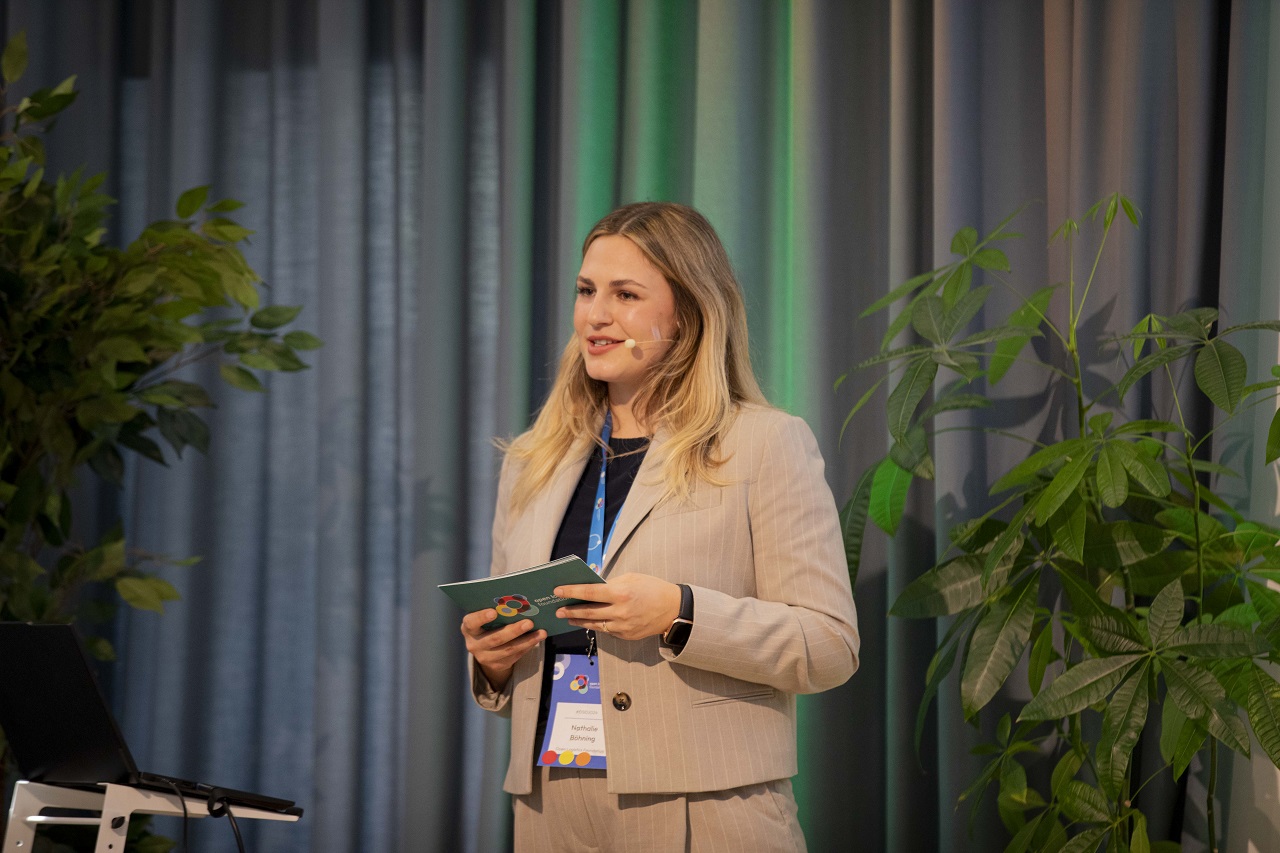The Open Logistics Foundation follows a structured yet flexible process to transform ideas into market-ready solutions, particularly in the form of open source code. This process is divided into four key phases. The first phase, known as “The Topic,” is where ideas for open source solutions are identified and developed. The second phase, “The Working Group,” involves defining the common objectives for open source development. In the third phase, “The Project,” the realisation of these open source developments takes place. Finally, in “The Solution” phase, the individualisation and commercialisation of the code are done by companies in the market. These phases are not isolated but often overlap, allowing for fluid progression from one stage to the next. This entire process is member-driven, with facilitation and support from the Head Office.
The ideation phase: From challenges to concepts
In the ideation phase, the focus is on developing ideas proposed by our members, which stem from the challenges they face and cannot solve on their own. This phase is where the ideation process commences. The process involves members concretising new ideas and developing topics based on design thinking methods. The process involves various overlapping stages that bring a mere idea into a project-ready topic that is suitable for implementation within a Working Group.
From idea to project: The design thinking approach
A topic’s evolution from when it was first proposed to when it is accepted and worked on as a project within a Working Group follows the core design thinking stages. However, these stages are flexible, meaning a topic does not necessarily progress through all stages or follow a strict sequence. Once a topic has been opened, it may go through the stages of Empathise, Define, Ideate, Prototype, Test and Implement. In the Empathise stage, research is done to develop a deep understanding of the challenge; in the Define stage, the research and individual requirements are combined to clearly identify what we want to do and solve; in the Ideate stage, creative, problem-solving ideas for the topic are generated. The Prototype stage involves creating a replica or model of potential solutions and incorporating various ideas. These prototypes are then tested in the “Test” stage, where feedback for further refinement is gathered. Finally, when several member companies commit to further developing the topic, it is launched as a project within a Working Group.
Ideation is non-linear, with iterative loops throughout the process . This means that members may carry out these stages simultaneously, revisit them, or repeat certain stages as needed. For example in the driver app topic, there were significant iterations to find out the actual technical requirements before a prototype could be built to test whether our ideas and requirements could be realised, while the emissions reporting topic moved directly from ideation to implementation, skipping the prototype stage entirely. The focus is on using the best processes and methods to align our Innovation Community and bring their ideas to life.
Proposing new topics: Continuous opportunities
Our members can propose new topics at any time. While the annual in-person Ideation Workshops provide an excellent starting point to discuss pain points and find a motivated group that wants to work together on challenges, topics can also be submitted at any time via our Ideation Collection board, email, in-person conversations with the Head Office team, or in special cases, during the regular Working Group meetings.
Before establishing a Working Group and defining its project(s), proposed topics must meet certain criteria. These include a clear objective – what the group aims to achieve, interest in the topic from a group of companies, and at least one company committed to taking the lead. Consequently, multiple discussions take place before a topic is accepted and executed within a Working Group.
An illustrative example of how the ideation process is not always linear and can involve iterative loops can be seen in a recent working group meeting. This led to the generation of new project ideas – a step that normally occurs before a Working Group is established. This unexpected return to an early stage of the process illustrates that creative developments are often unpredictable and that the path from idea to realisation must remain flexible.
For instance, it is possible that during a Working Group setting, design thinking methods and topic prioritisation techniques can be used for ideation. For example, a member introduces a pain point or topic and presents it on a structured concept board that clearly outlines the problem, possible solutions, and the benefits of solving it. This is followed by discussions where Working Group participants explore the topic’s feasibility, providing clarity and deeper understanding. The group then closely reviews the topic, considering factors such as organisational interest, commodity character, implementation feasibility within the Foundation, and whether similar solutions are already in development within their companies. Based on these discussions, a topic may advance through the ideation stages and eventually become a project.
During these discussions, we bring together diverse perspectives and backgrounds; it is my mission to ensure that the discussions take place openly and fairly, with all contributions considered. We keep discussions focused by using creative methods such as collaboratively working on a concept board with guidelines, leading to a unanimous conclusion.
The process of initiating new projects within the Open Logistics Foundation is a collaborative, member-driven journey. By leveraging design thinking methods, our members can transform their ideas into viable projects that address real-world challenges. Through continuous engagement, open discussions, and strategic alignment, the Foundation ensures that every project has the potential to make a meaningful impact in the logistics industry.





